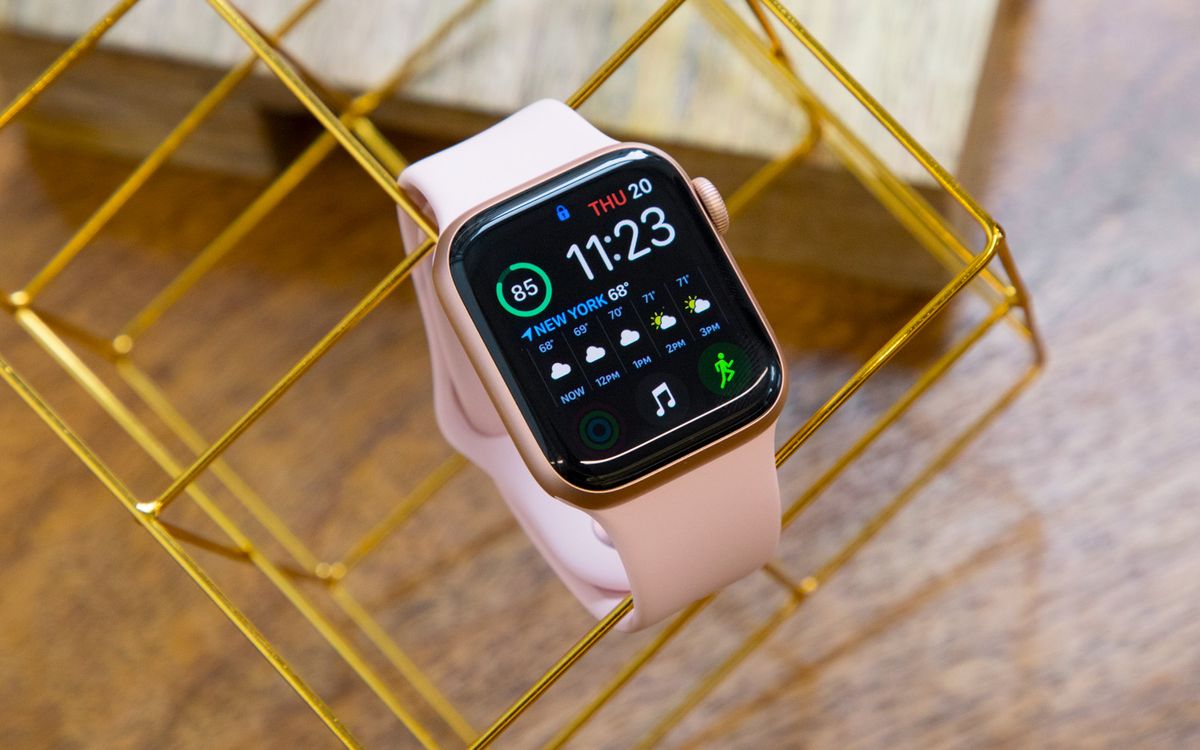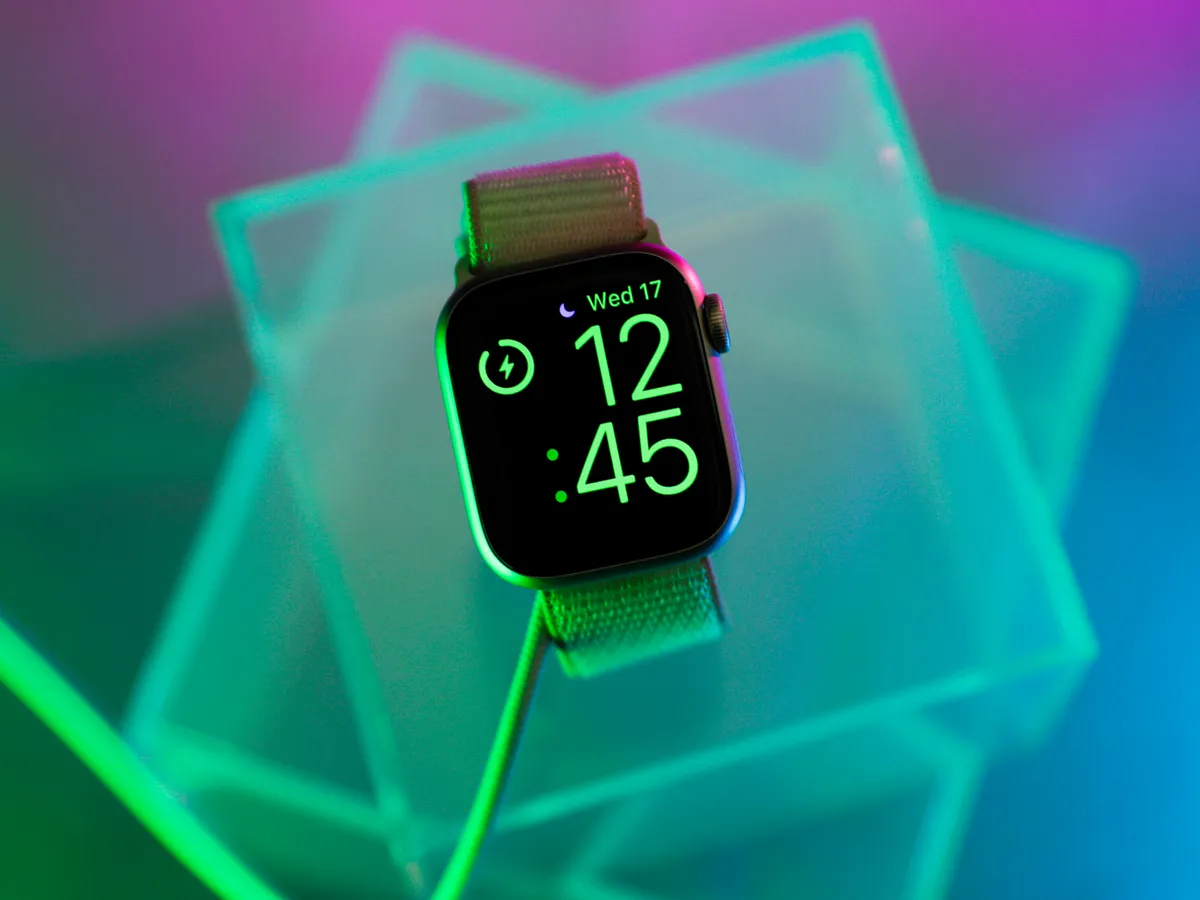Apple’s CEO, Tim Cook, is making headlines for his personal $1 million donation to former President Donald Trump’s inauguration fund, according to Axios. This move, separate from any corporate contributions by Apple, reflects Cook’s approach to fostering relationships with influential political leaders, a strategy he has adhered to in the past.
Cook’s Relationship with Trump
Cook’s decision is reportedly “in the spirit of unity.” The donation follows a history of Cook engaging with Trump during his first presidency. In 2016, Cook congratulated Trump on his election victory through social media and later dined with him at Mar-a-Lago. These actions were interpreted as Cook’s effort to ensure open communication with the administration, especially as Apple faced mounting regulatory challenges.
Congratulations President Trump on your victory! We look forward to engaging with you and your administration to help make sure the United States continues to lead with and be fueled by ingenuity, innovation, and creativity.
— Tim Cook (@tim_cook) November 6, 2024
Apple, along with other tech giants, has been under scrutiny. In March 2024, the U.S. Department of Justice (DoJ) filed an antitrust lawsuit against the company, accusing it of violating competition laws through its platforms. This case, a significant challenge for Apple, is expected to unfold during Trump’s potential tenure.
Cook’s move to support Trump’s inauguration fund mirrors similar contributions from prominent corporations and executives, including Amazon, Meta, Uber, OpenAI’s Sam Altman, Goldman Sachs, Bank of America, and others.
Apple’s Upcoming Q1 2025 Earnings Call
In related news, Apple has announced its first earnings call for 2025, scheduled for Thursday, January 30, at 2:00 PM Pacific Time. The call will provide insights into Apple’s financial performance during the 2024 holiday quarter, a critical period for the company’s sales.
CEO Tim Cook and the newly appointed CFO, Kevan Parekh, will lead the discussion. This marks Parekh’s first earnings call since taking over from Luca Maestri, who transitioned to the role of Vice President of Corporate Services after a successful tenure as CFO.
Expectations for Q1 2025 Results
Apple’s Q1 performance will reflect the impact of its latest product lineup, which includes the updated iPad mini, Mac mini, MacBook Pro, and iMac models launched in late 2024. These devices were strategically released ahead of the holiday season, and analysts are eager to see their reception in the market.
For context, Apple’s Q1 2024 results set a high benchmark, with revenue reaching $119.6 billion and a net quarterly profit of $33.9 billion. The company projected modest growth for Q1 2025, anticipating revenue increases in the low to mid-single digits year-over-year.
Navigating Political and Financial Landscapes
Tim Cook’s personal donation to Trump’s inaugural fund underscores the importance of balancing corporate strategies with political realities. As Apple faces legal and regulatory challenges, maintaining relationships across the political spectrum could be a calculated move to safeguard the company’s interests.
Meanwhile, the upcoming earnings call will shed light on Apple’s ability to sustain growth amidst external pressures. Investors, analysts, and consumers alike will be watching closely to see how the company navigates an evolving tech landscape.
Apple’s Q1 2025 earnings report will be available just before the call, and stakeholders can tune in live via the company’s Investor Relations website.





